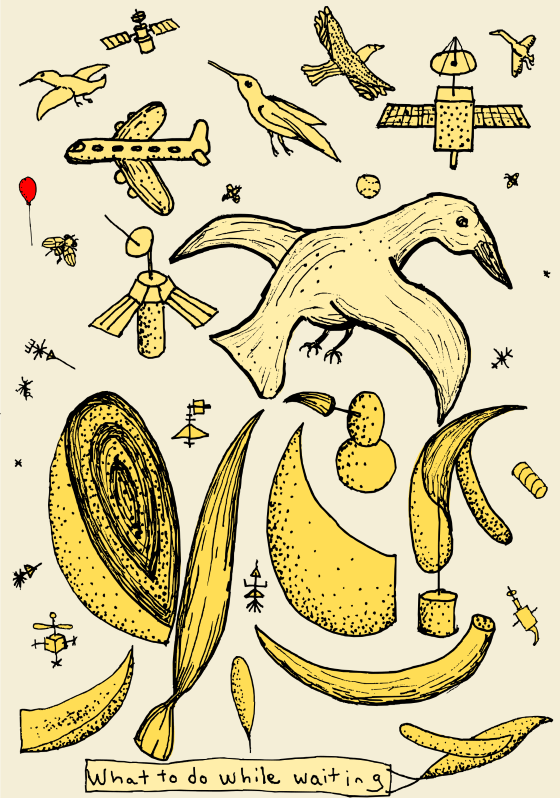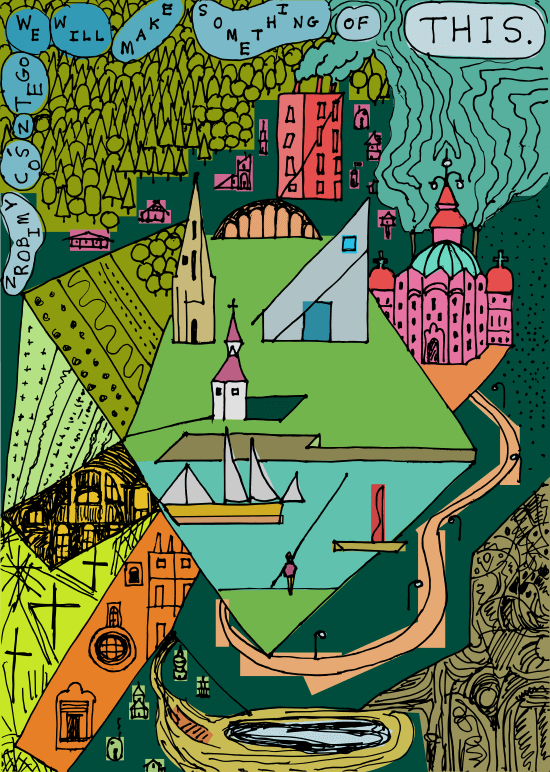Many of us have little time for home life. We are busy working and taking care of our basic needs. However, what we do with our extra time largely defines us. When life is busy, time spent making art or even looking at art becomes precious. If we can grasp a little time, then we may end up with something more valuable then we expected.
Recently I made a picture that I felt more specifically addressed time. Working on what I could when I could, I picked away at the drawing. I started by looking at Brâncuși’s sculptures, in particular his series Bird in space. I imagined the birds that may have inspired him. Building on this, I thought of all the things that fill the sky and what I might see if I looked long enough or if I had a little more time. I remain unconvinced that if I had more time I would use it more wisely. Fitting in what is possible with what we have seems to be more important. While I have always found ways to make art, it is harder now and the intervals are longer. Regardless, I am gaining a better understanding that there is never a better time than now.





